When you live in a state where winter is the prevalent season 5 months out of the year you really learn to appreciate your warm season landscape. You get used to the idea that winter is just something to suffer through until the green shoots start to come up in April.
We encourage our clients to consider tailoring their landscape to provide interest and beauty year-round. The following list provides examples of wonderful tree, shrub, and large perennial additions to any yard to maximize your enjoyment of your landscape.
#1 Aronia
Aronia (Chokeberry) is a workhorse in the landscape. Native cultivars provide blooms in Spring, berries in Summer, and brilliant Fall foliage. Dark purple berries persist in Winter for a beautiful winter accent and food for local bird species.
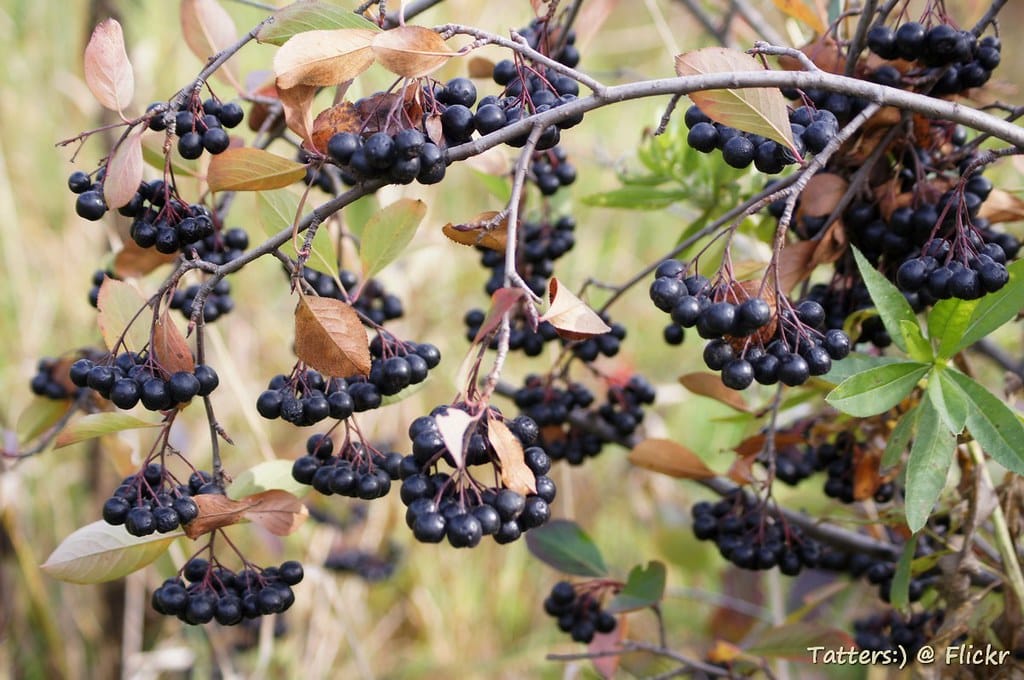
#2 Winterberry
Winterberry loves acidic soils and can be found growing wild in northern Minnesota. Its brilliant red berries are an eye-catching accent. Planted in groups it can provide habitat and food for wildlife, but should not be consumed by humans and pets. Winterberry is best planted in clusters and for natural screening.
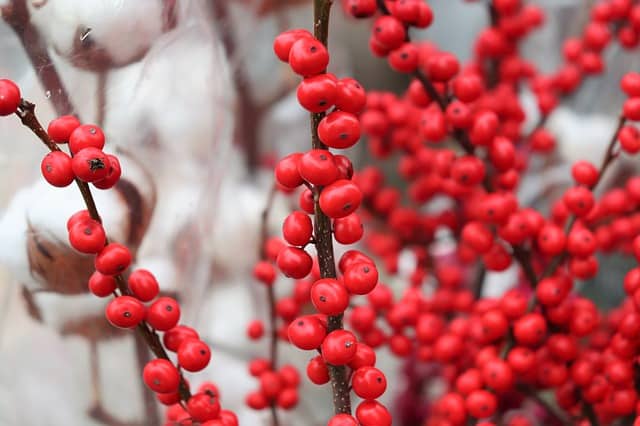
#3 hydrangea
Hydrangea’s wild popularity is not misplaced. These plants do double duty in your landscape. The flower heads lend texture to your winter landscape after all the leaves have fallen, and can be re-purposed in your winter pots. Easy to maintain and hardy, Hydrangea is a winner for the landscape all year long.
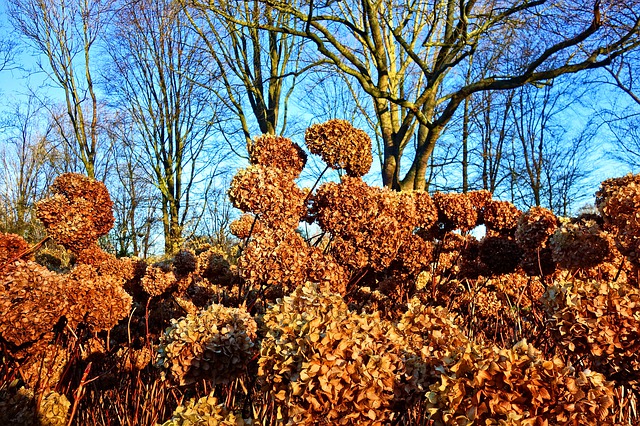
#4 Amur cherry
Deciduous trees are often discounted when considering Winter interest because they lose their leaves in Fall. Amur Cherry’s bright metallic bark and fine branches are brilliant set against a snowy backdrop.

#5 Coralberry & Snowberry
With bright pink or white berry clusters on the stems these are another showy winter backdrop for naturalized areas. They provide food for native bird species, as well as serving pollinators in the warm months. Cut them back in the early Spring for better control of suckers.
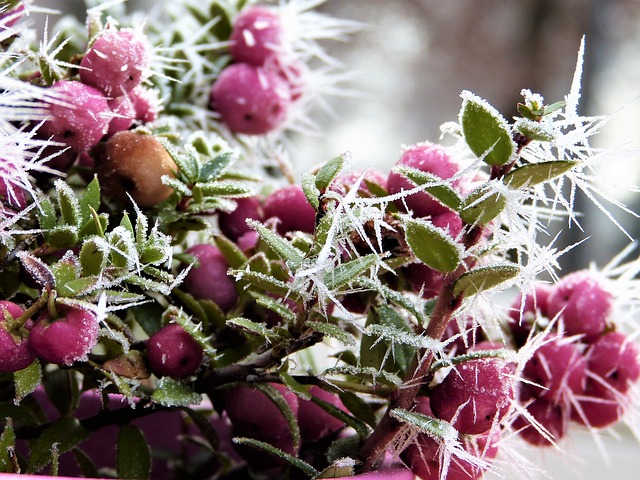
#6 Dogwood
With a wide variety of cultivars there is a dogwood that will work in anyone’s yard. These native plants do double duty in winter as the vibrant red, orange, or yellow twigs stand out in the landscape or as seasonal decoration. Their berries are also food for birds in late Fall and early Winter.
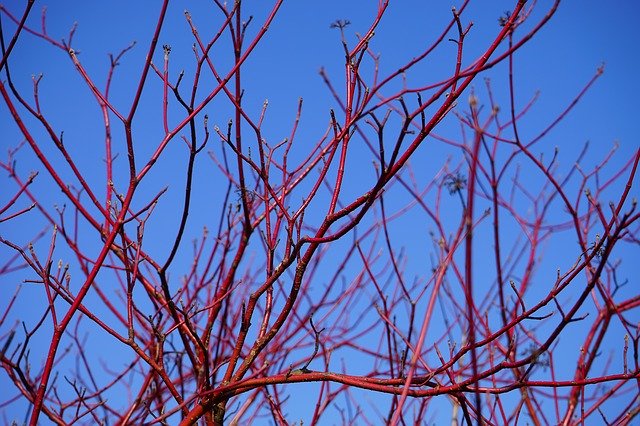
#7 Birch
Erecting a strong, tall fence around your home keeps most deer out. These animals, however, are high jumpers. When constructing a fence, make sure it’s at least eight feet tall and have no gaps taller or wider than six inches. This stops small deer from finding ways to squeeze in.
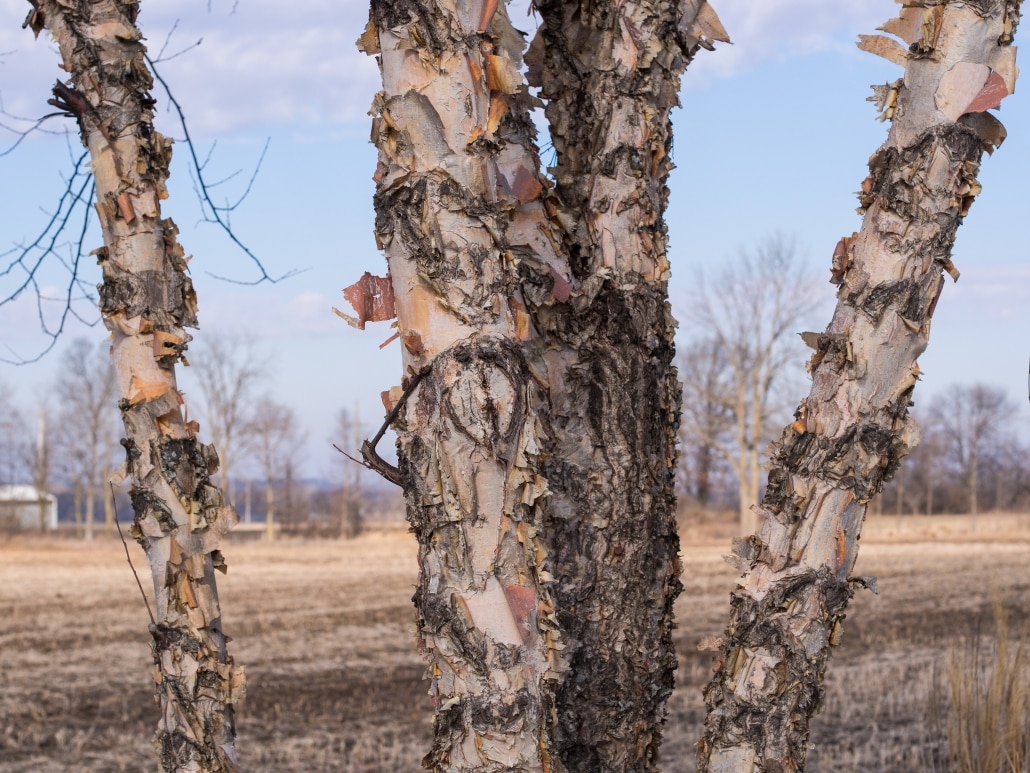
#8 Grasses
Many people don’t realize that grasses have flower heads. These persist into Winter and lend a soft flowing texture to your landscape. The large showy heads on Miscanthus sway in winter winds looking much like they do in the Summer and Fall. Calamagrostis species such as Karl Foerster have a very upright and formal structure that can withstand winter winds and snow. Grasses are a great addition in almost any area of your landscape.
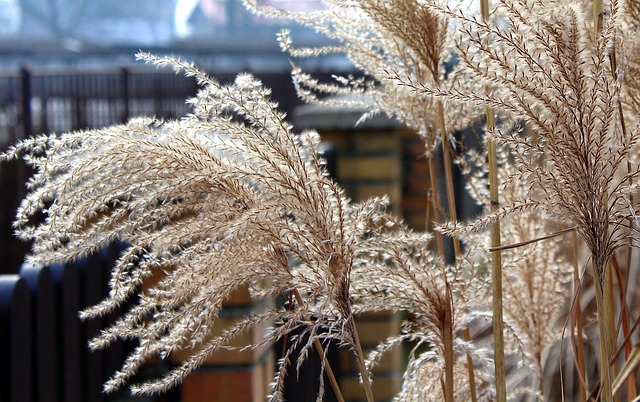
#9 Sumac
Sumac is a tried and true Minnesota native and serves many purposes in the landscape. Its unique branch structure gives it a distinct look, and the fuzzy red seed clusters stand upright against winter scenes. Sumac seeds are a source of food for wildlife, and can be harvested as a spice for cooking.
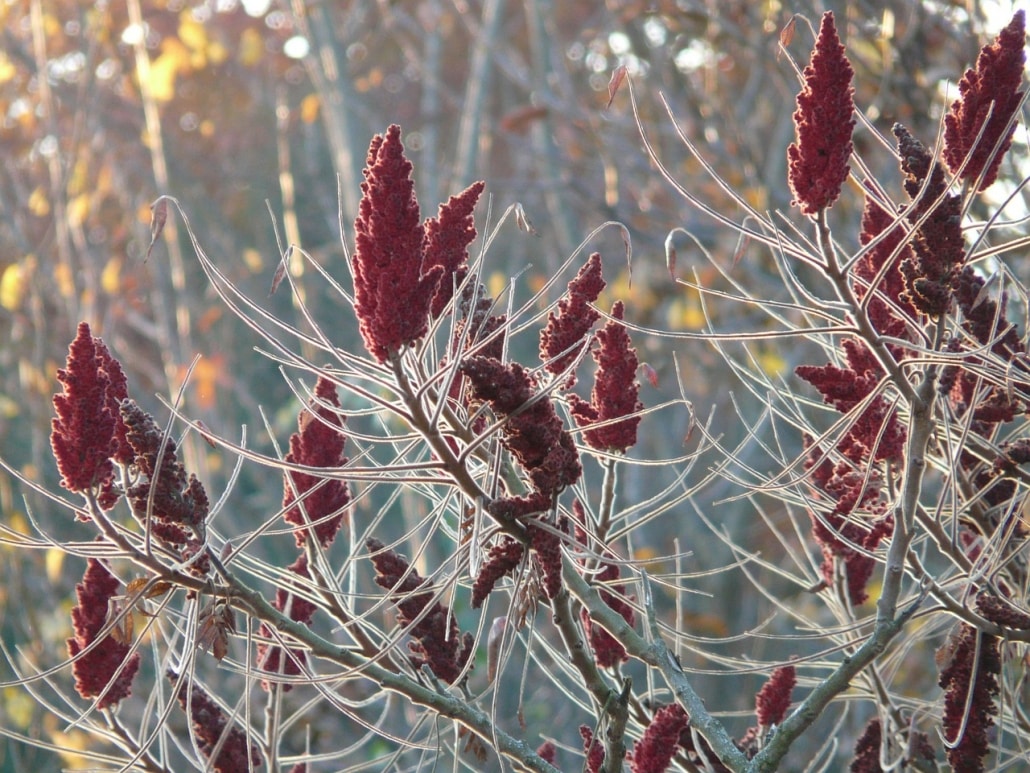
#10 Yucca
Yucca is probably the most underutilized plant on this list, but can be a unique feature in Minnesota landscapes. It’s Succulent leaves and long flower bearing spike can be a part of any winter display. Just choose where you want to plant it wisely. Yucca have a tap root and do not tolerate being transplanted.
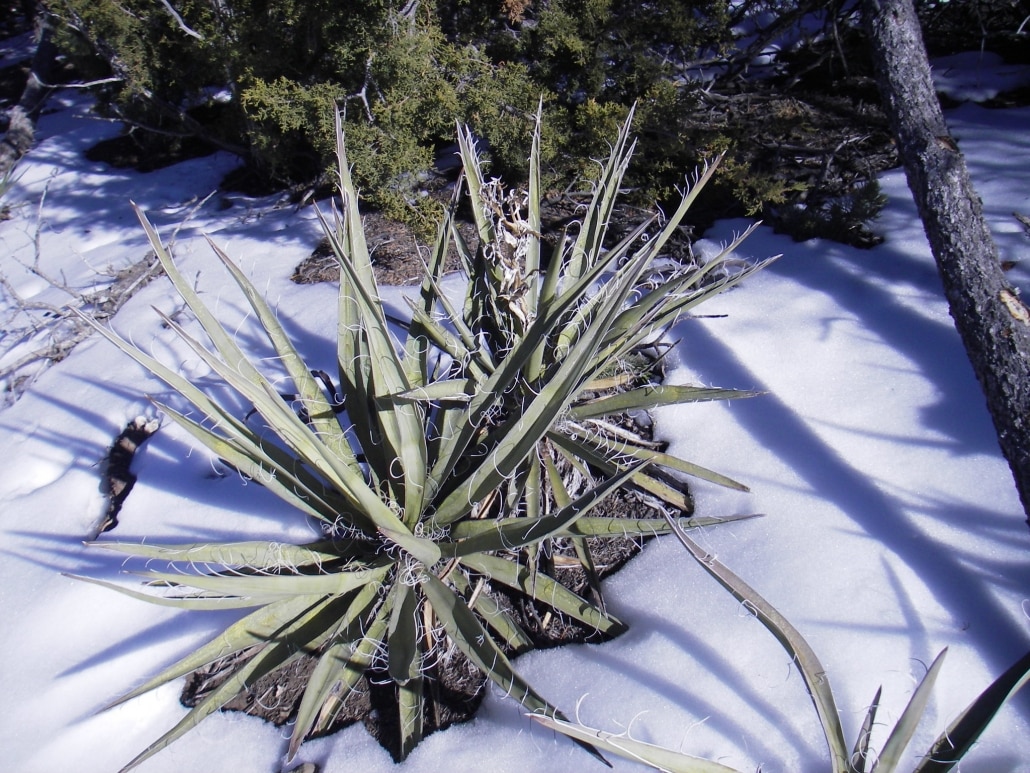
For more ideas for your 4 season garden check out our article on Colorful Winter Gardens or contact our office to start working with a landscape designer today! Get in touch with us today for more information.
